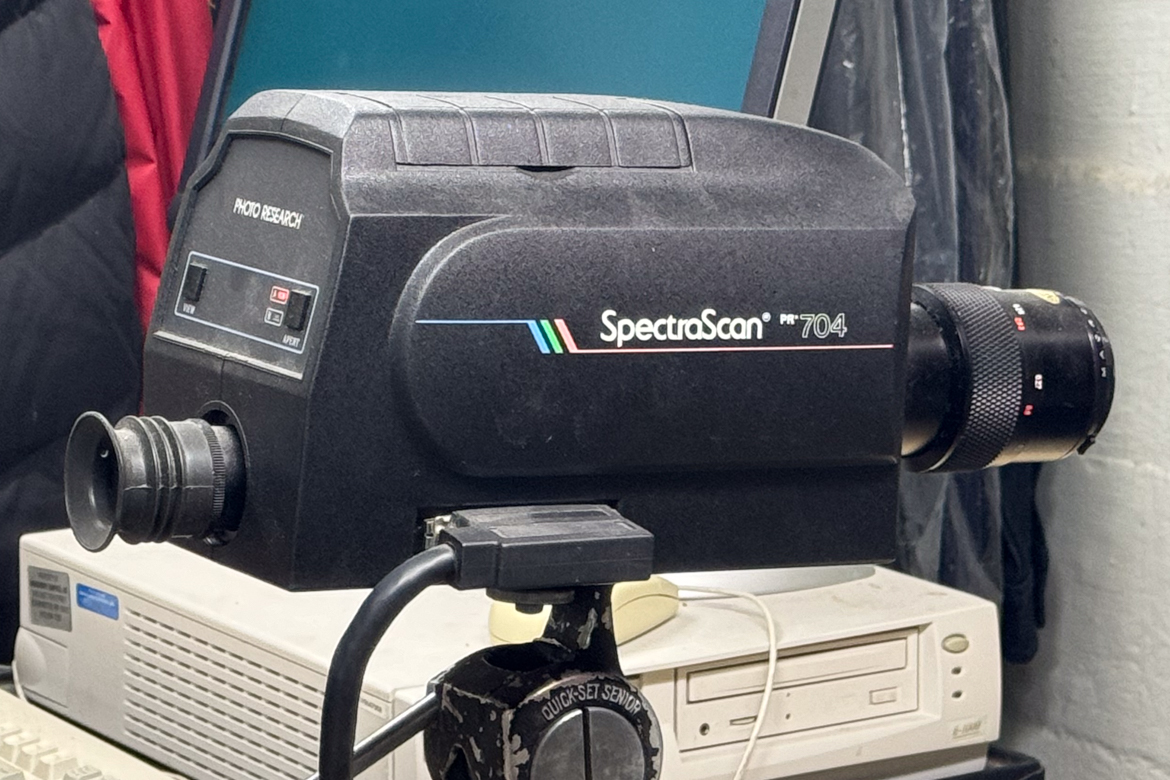
I had the fortune of starting my career at a signature moment in the computer revolution—the microprocessor had just been invented and it was rapidly being incorporated into the many various tools that leverage our human intelligence. Among those tools are the instruments we use to measure the world around us.
Up until then, instruments that required some amount of interaction used very direct physical interfaces: knobs, buttons, and dials for input; meters, gauges and chart recorders for output. They were wired in complex arrangements but had limitations in how complex their measurement could be.
The microprocessor changed this by providing an inexpensive logic element that could monitor and manage much more complex channels of interaction: switches, keypads, digital displays, sensors, data terminals, printers, transducers and actuators were now on the list. The opportunities to make better measurements than ever before, or measurements that simply could not be performed previously because of their complexity, now became possible. As a result, there was a renaissance in instrumentation.
Continue reading